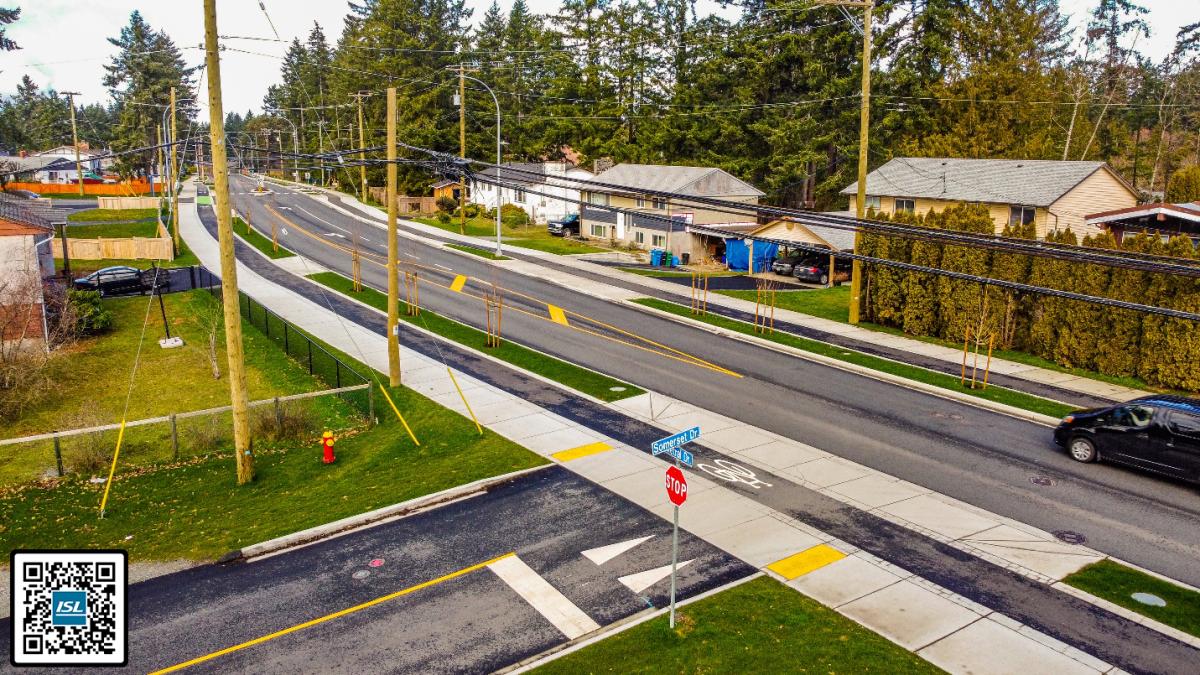It's expected to get even worse this year, when grades 7 and 8 join grades 9 through 12 at the new combined middle and high school.
"One of the main concerns really is I don't know how an emergency vehicle could get through to any of the areas," a Belmont neighbor said.
Belmont police are asking parents not to drive their students, so they don't add to the problem. If families must take their cars, they're asked to park a block away and walk the rest.
"We're fortunate that we're able to walk or bike to the school. It's nice because not only do we get exercise, but it's good for the environment," said a mom walking with her kindergartener downtown.
Belmont says they've seen skyrocketing enrollment over the past six years, with more than 100 students joining the system annually. School leaders anticipate close to 4,900 students by 2024. This year, classes resume September 6.





